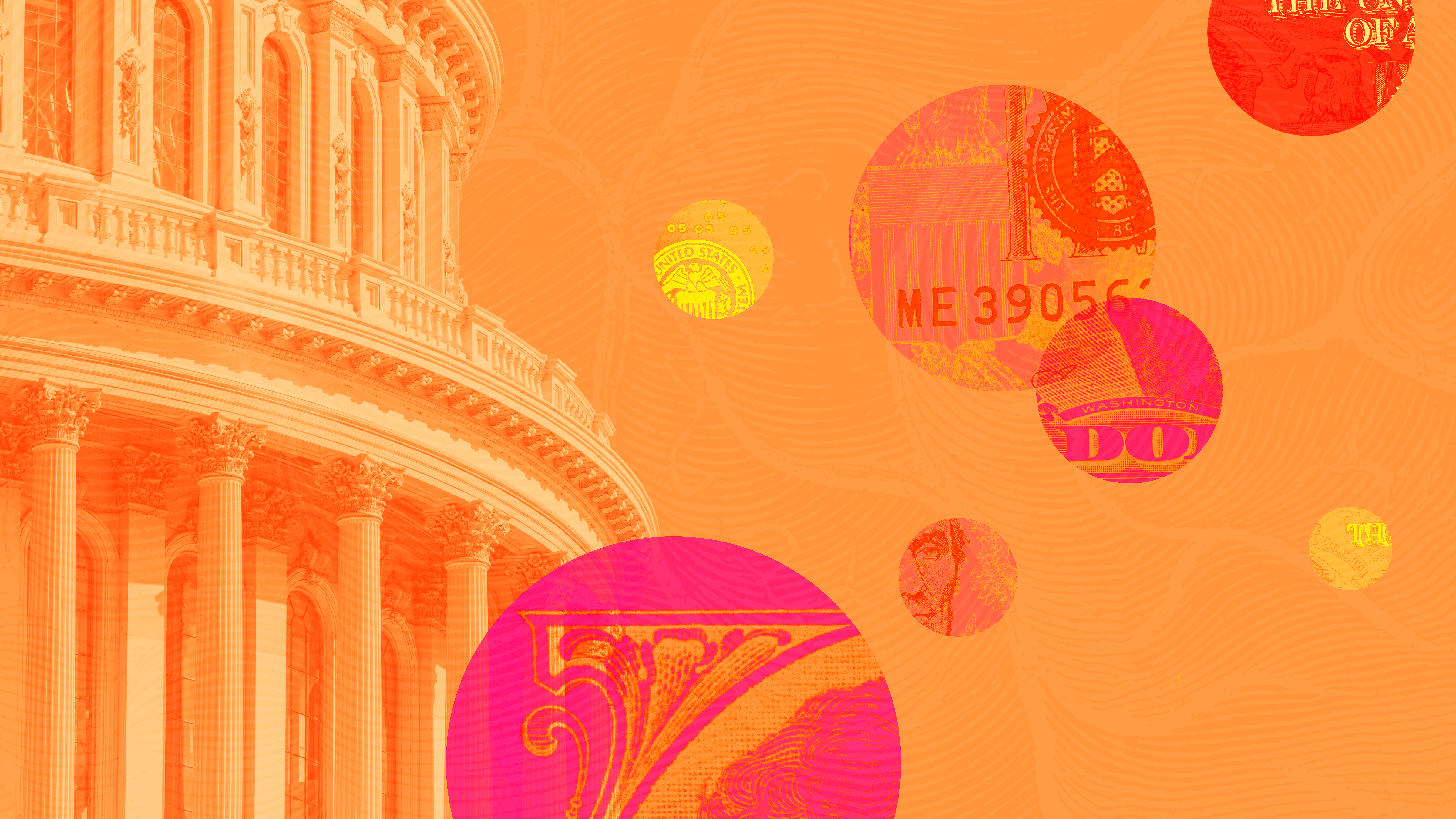June Jobs Report Forecasts Predict Continued Healthy, but More Moderate, Hiring Gains
Fed seen on track to cut interest rates in September.

Forecasts for the June jobs report call for a solid gain in hiring, but at a slower pace than May’s surprisingly strong jump. Economists expect the report to show the labor market cooling down but an economy not nearing recession.
For much of the past year, the Bureau of Labor Statistics’ jobs report has defied expectations for a cooling off in hiring. The economy is expected to have added 190,000 jobs in June, according to FactSet’s consensus estimate. That’s down from 272,000 in May, but unemployment is forecast to stay at 4%. In a potential good sign for inflation, hourly earnings growth is expected to decline to 0.3% in June from 0.4% in May. Hourly earnings are expected to rise 3.9% on a year-over-year basis, down from 4.1% in May.
“The jobs report answers two questions: ‘Is the economy growing?’ and ‘How tight is the jobs market?” explains Bill Adams, chief economist at Comerica Bank. Anticipating the report, which will be released Friday, he says, “The solid growth in payrolls that we’ve had in the past 12 months is an indication that the economy is expanding and not on the verge of recession. For the second [question], I look at the unemployment rate, which indicates a more normal margin of slack in the jobs market.” Overall, a report that meets expectations would show an economy “moving along steadily, but in a low gear.”
June Jobs Report Forecast Highlights
- Jobs report release date and time: Friday, July 5 at 8:30 a.m. EDT
- Nonfarm payroll employment is forecast to rise 190,000 vs. a 272,000 increase in May, according to FactSet.
- The unemployment rate is forecast to stay steady at 4%.
- Hourly earnings are predicted to rise 0.3% on a monthly basis, down from 0.4% in May.
Adams forecasts a slightly higher-than-consensus increase of 220,000 jobs, but he also predicts the unemployment rate will tick up to 4.1%. This would reflect an increase in the labor force participation rate to 62.6% from 62.5% in May. He expects the unemployment rate to stabilize at around 4.2%-4.3% for the rest of the year and into 2025.
On the other hand, Goldman Sachs analysts expect 140,000 new jobs, with unemployment staying steady at 4%. They “estimate that the unemployment rate was unchanged at 4.0%, reflecting higher household employment offsetting a 0.1-percentage-point rebound in labor force participation to 62.6%.”
Unemployment Rate
UBS expects 165,000 new jobs, with unemployment falling to 3.9%. There is an “underappreciated slowing” in the economy, their economists wrote, and “it is unlikely that the [Federal Open Market] Committee gains the required sense of urgency in time for a September cut.”
One factor that goes some way toward explaining odd employment numbers is that employment data comes from two different sources. Payroll data comes from a survey of firms, while the unemployment rate is based on a household survey. The two sometimes diverge, as they have in recent months, possibly due to the difficulty of getting recent immigrants included in the household survey.
What to Watch
If the numbers come in as expected, they’ll show the slowly cooling economy the Fed has wanted from its high interest rate policy. This means that barring any major surprises, it’s unlikely there will be major policy changes. The central bank is expected to cut interest rates in September by a quarter of a percentage point from its current target range of 5.25%-5.50%.
Adams sees two scenarios that might move the Fed’s needle. First, he points to the “Sahm rule,” an indicator of a recession based on the three-month average of the employment rate. He calculates that the unemployment rate would need to hit 4.4% or more in June before it began predicting a recession.
The second scenario is if average hourly earnings are significantly higher than forecast. While Adams says the relationship between earnings and inflation is somewhat complicated, a large uptick in earnings is likely an inflationary signal, which may reinforce the Fed’s caution toward cutting rates.
The author or authors do not own shares in any securities mentioned in this article. Find out about Morningstar’s editorial policies.


/cloudfront-us-east-1.images.arcpublishing.com/morningstar/HBAEAVIJHFEBTPMEK2UMVQ3NFQ.png)
/cloudfront-us-east-1.images.arcpublishing.com/morningstar/XF7WENSYN5BFBFLPPFH7BJYUHE.png)
/cloudfront-us-east-1.images.arcpublishing.com/morningstar/GJMQNPFPOFHUHHT3UABTAMBTZM.png)